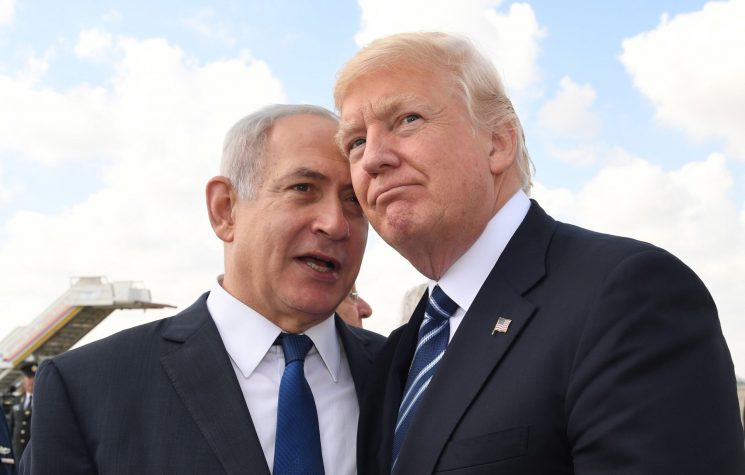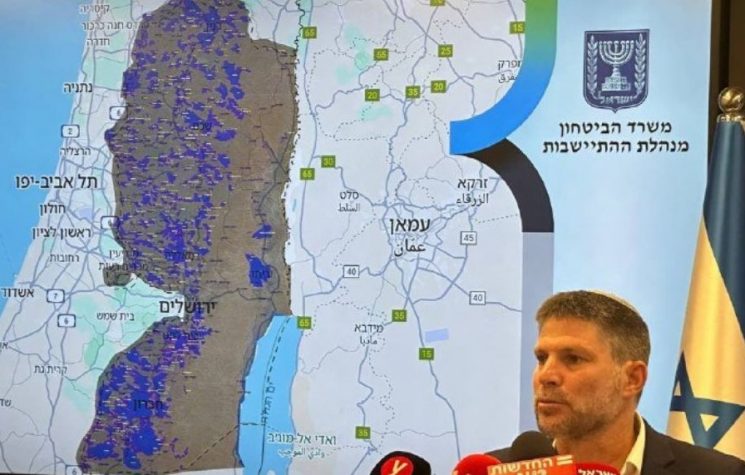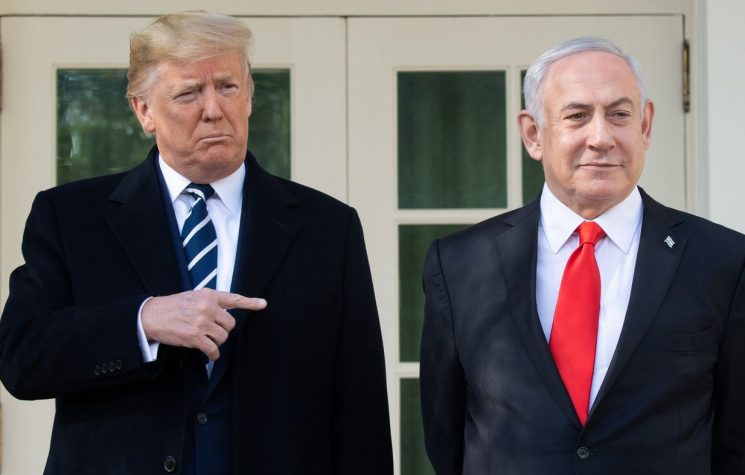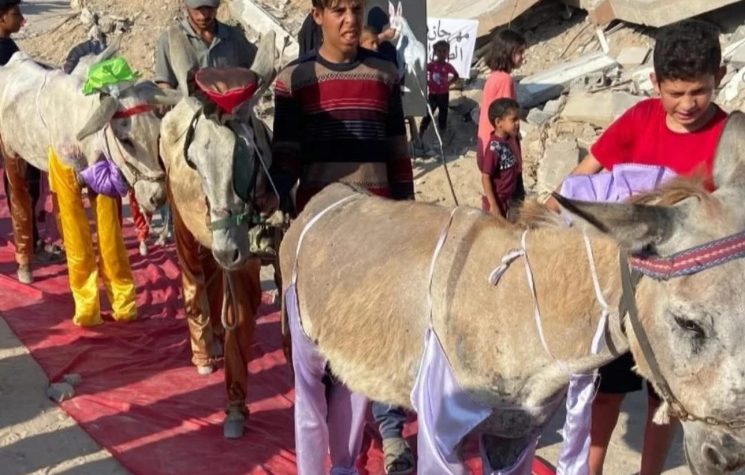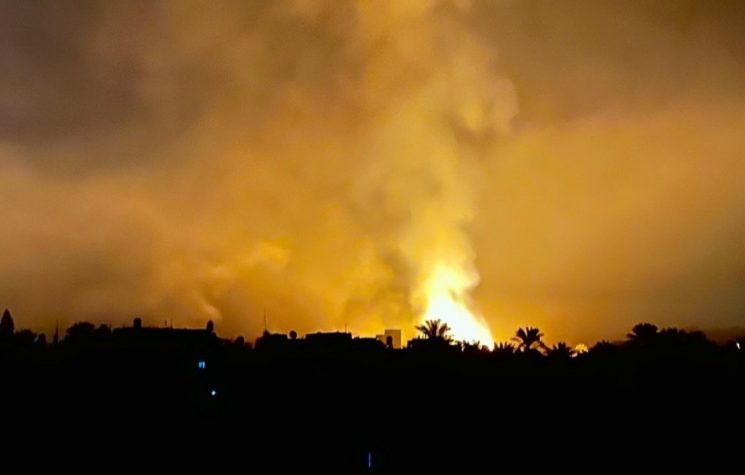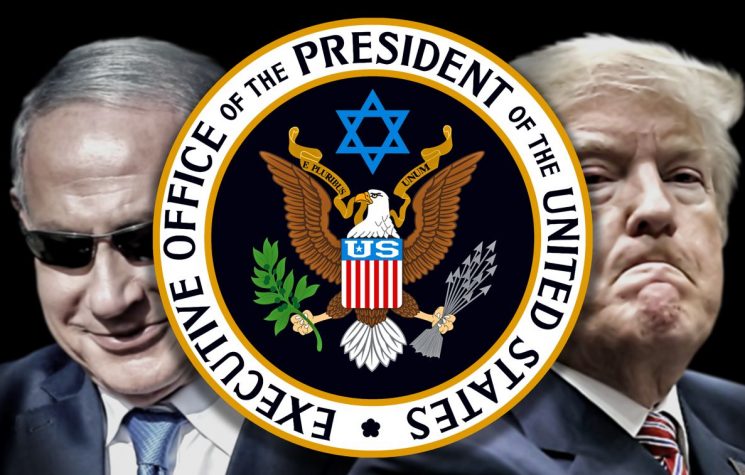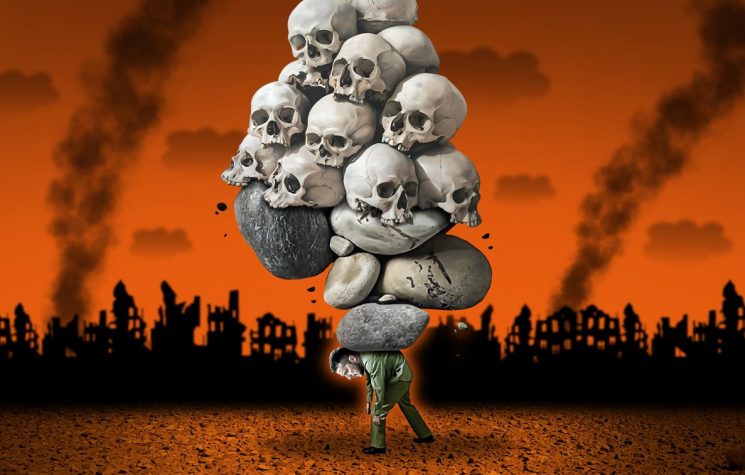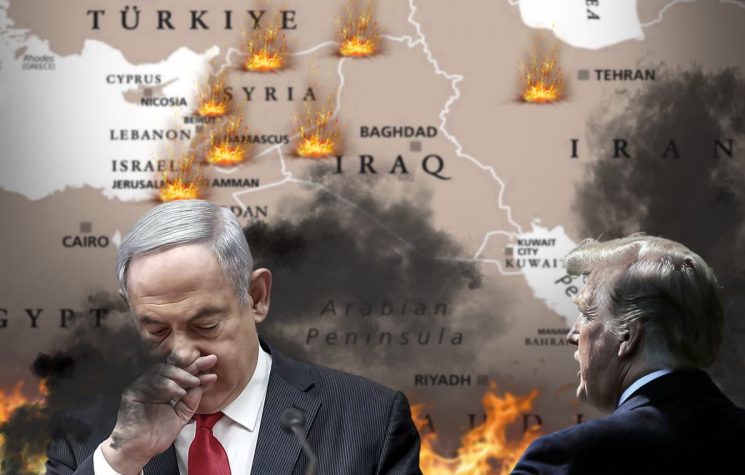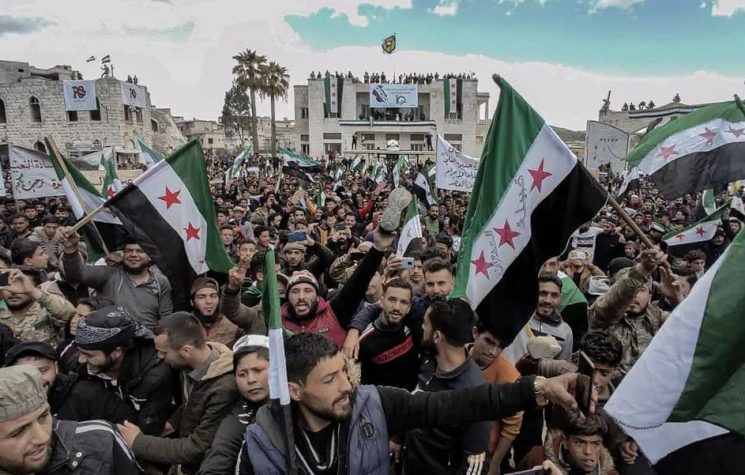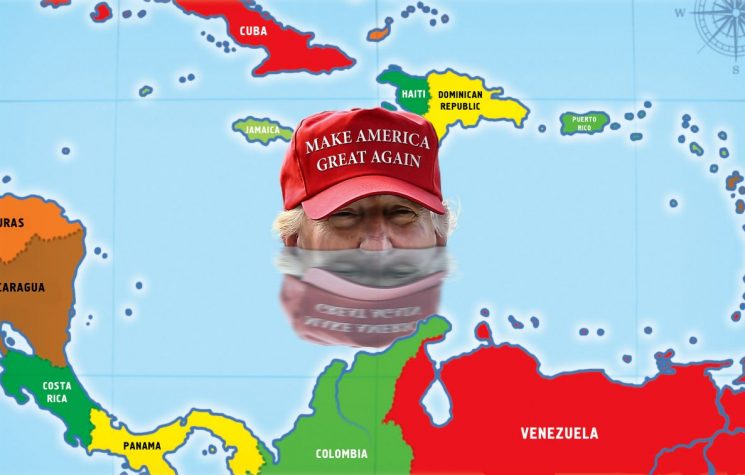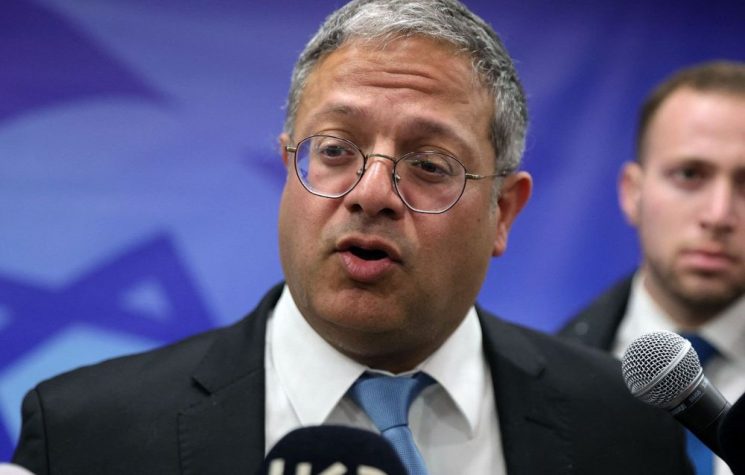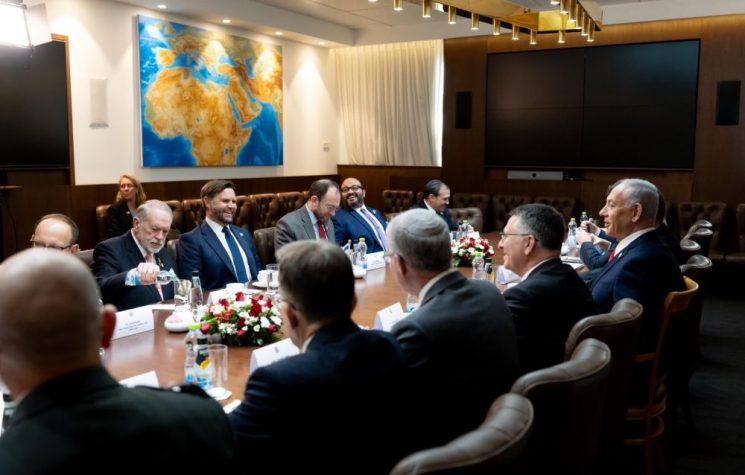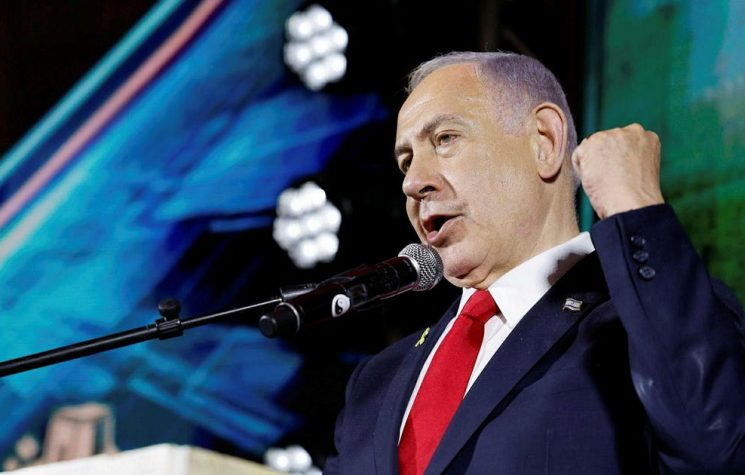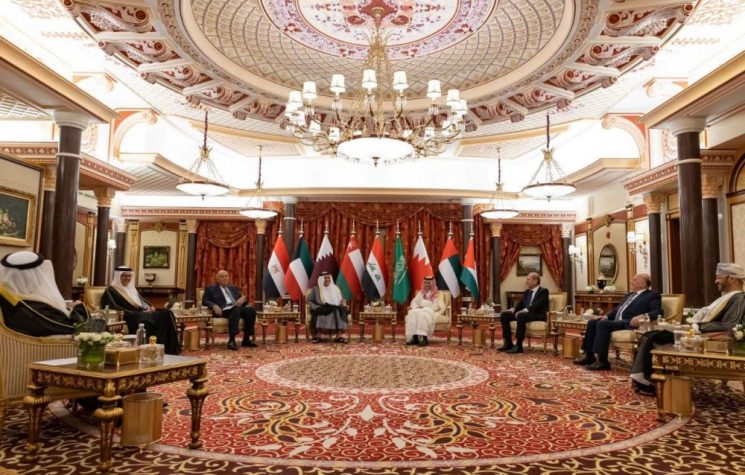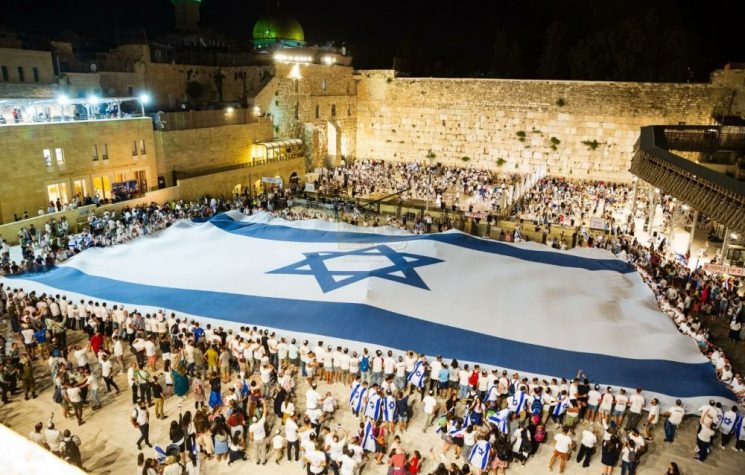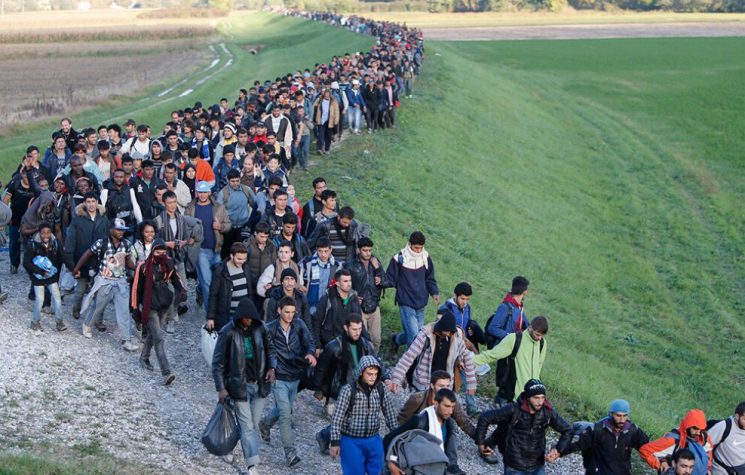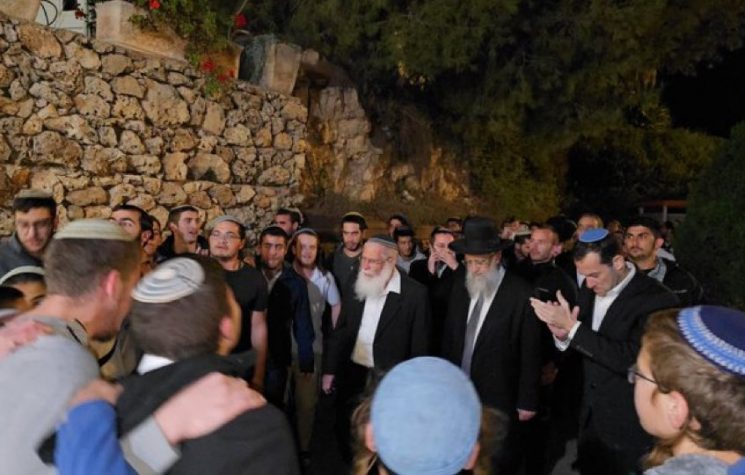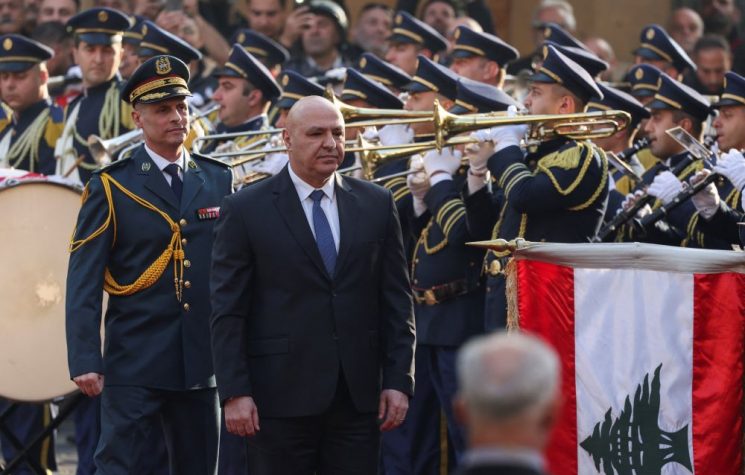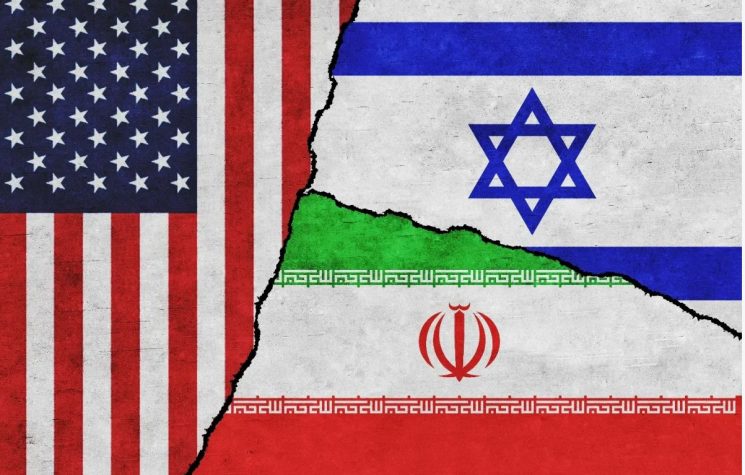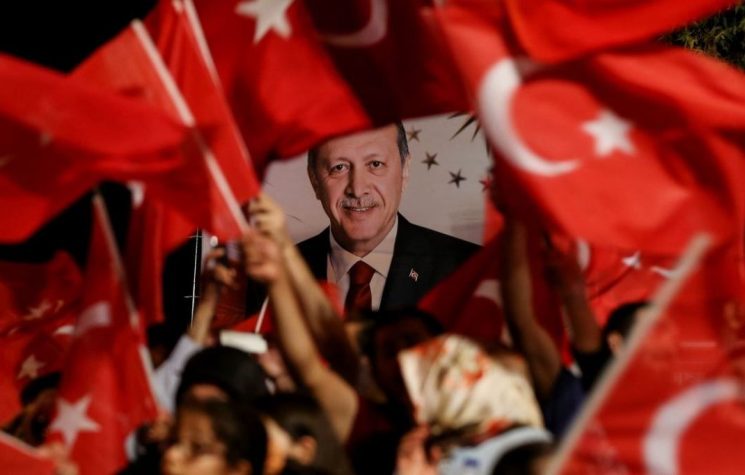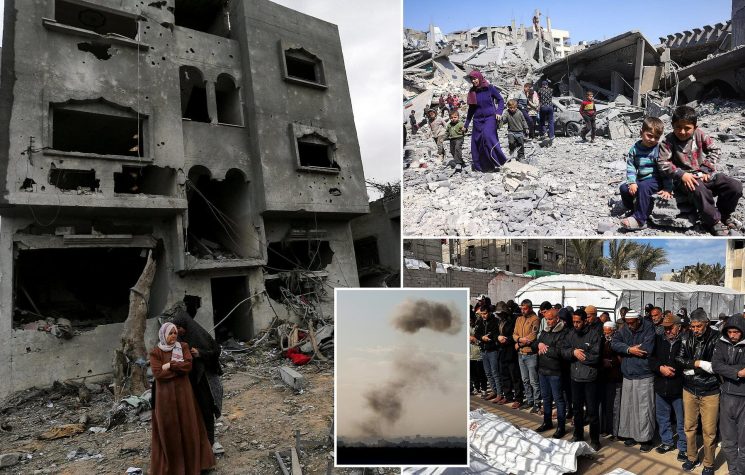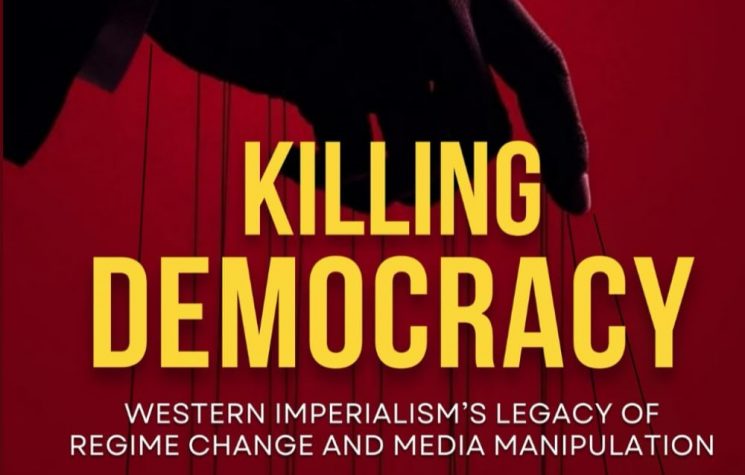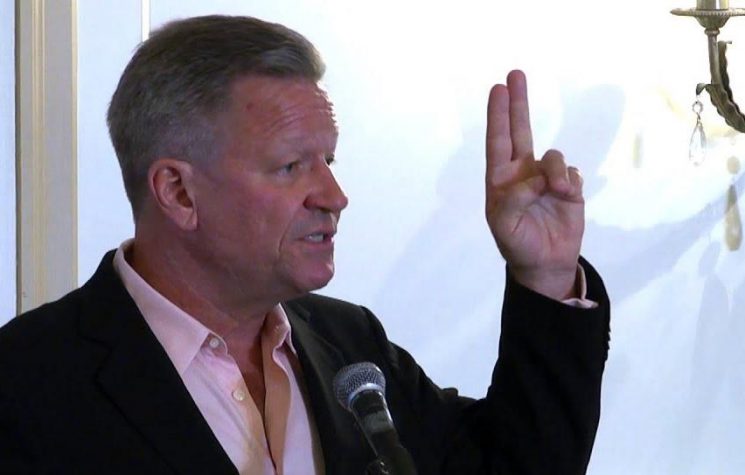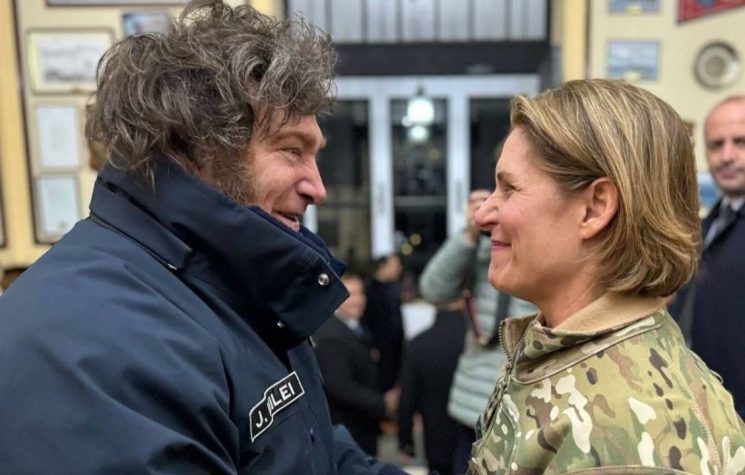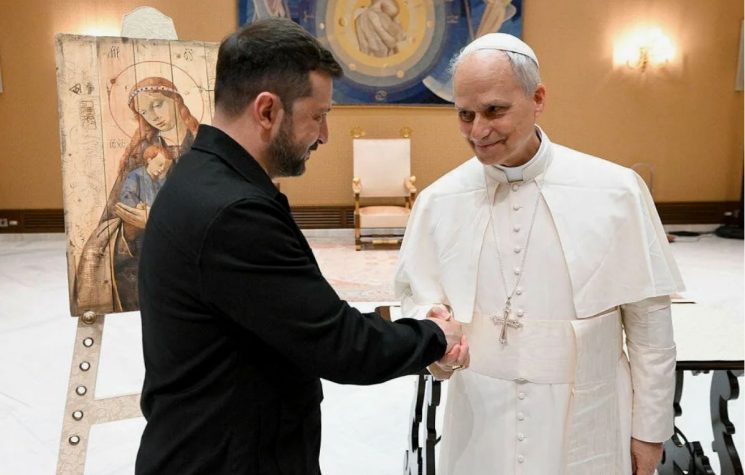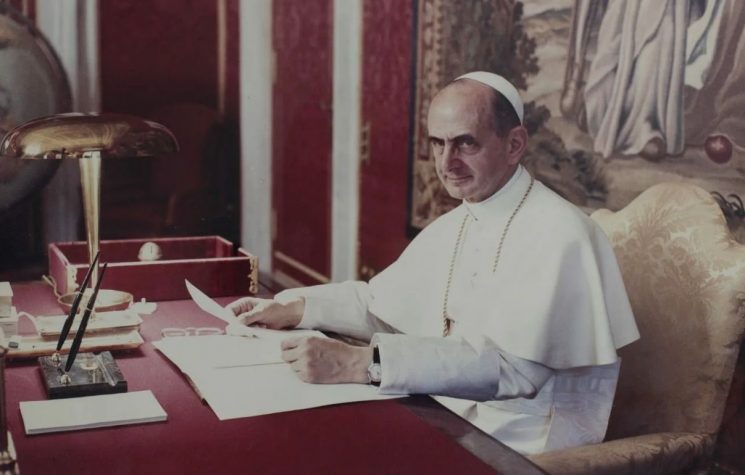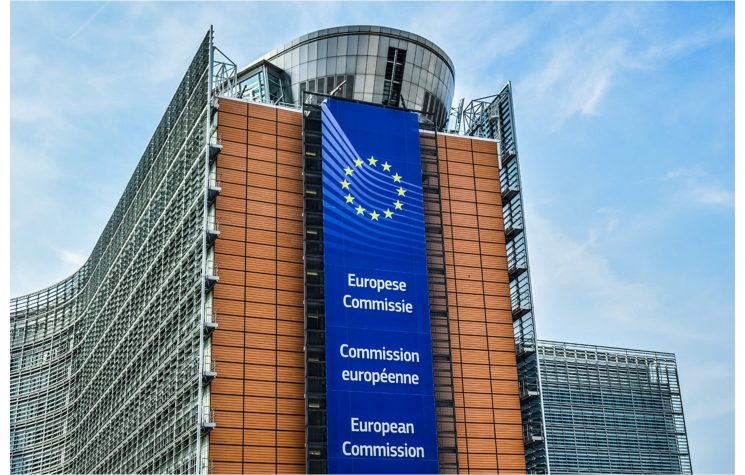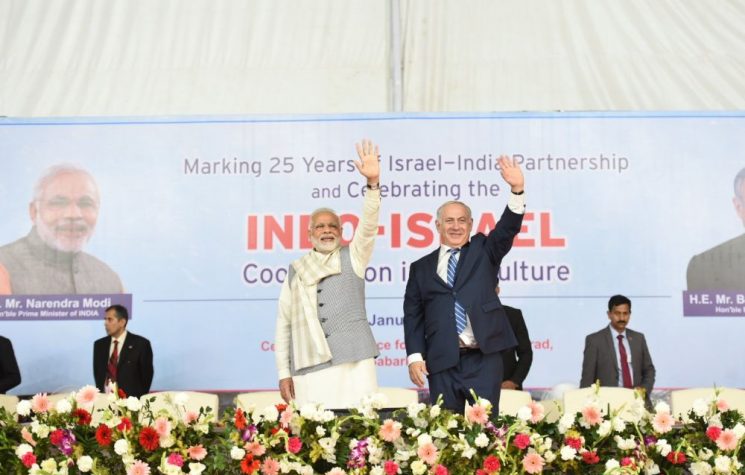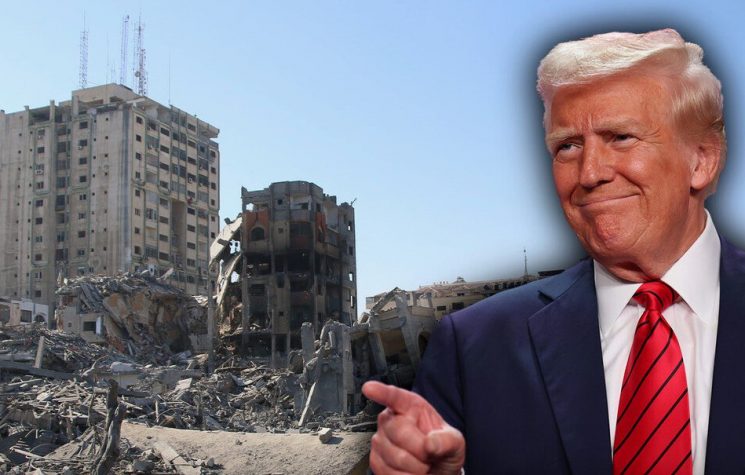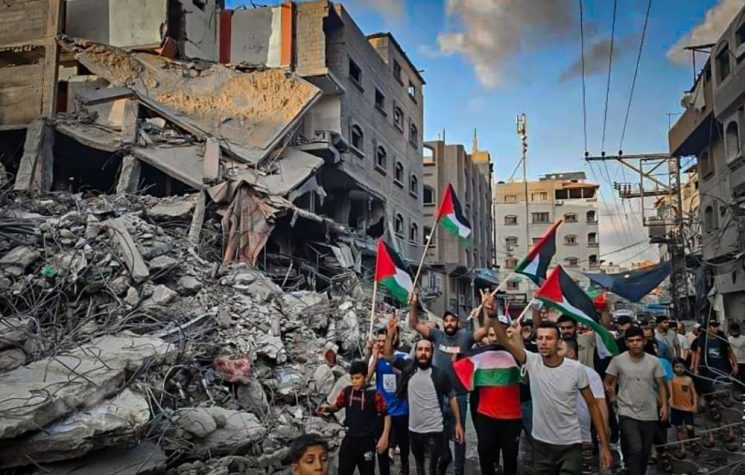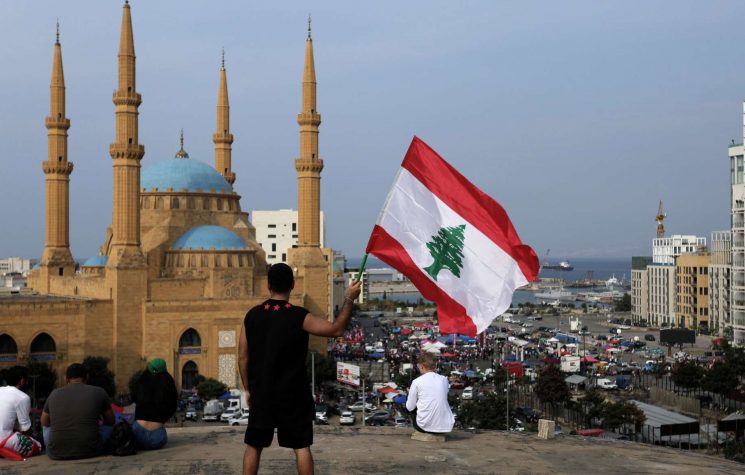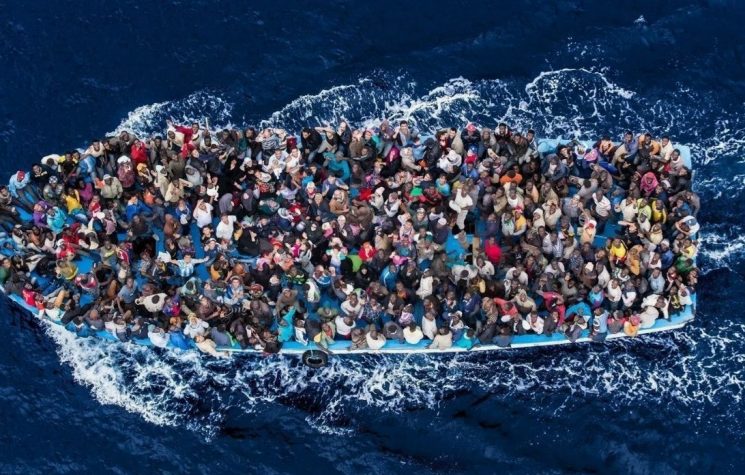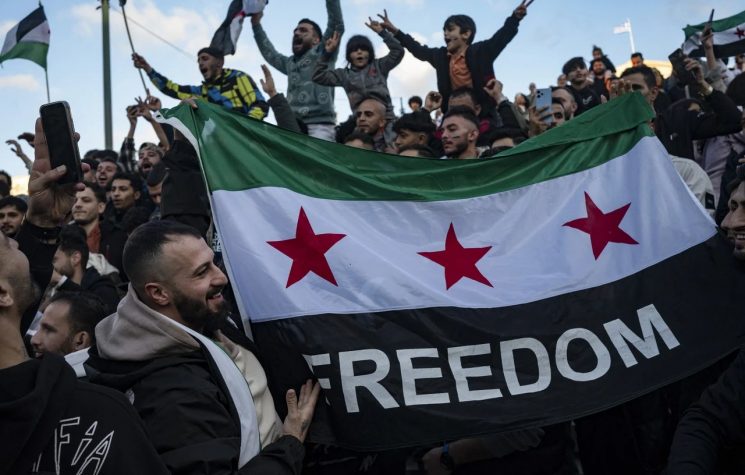The war is lost, and the struggle to keep the ‘enforced pretending’ going is breaking through, to be seen by all as a false reality.
Contact us: info@strategic-culture.su
Israel is entering the next phase of its war on Palestine by completing its takeover of the Gaza Strip – from the northern border to the Netzarim corridor. It is likely that they intend for this area to then gradually be made available for Jewish settlement and annexation to Israel.
In a piece titled, “Annexation, Expulsion and Israeli Settlements: Netanyahu Gears Up for Next Phase of Gaza War”, the Editor of Haaretz, Aluf Benn, writes, were the takeover to proceed, “Palestinian residents who remain in northern Gaza will be expelled, as suggested by Maj. Gen. (res.) Giora Eiland, under threat of starvation and under cover of “protecting their lives””. Netanyahu and his supporters will see this move, Benn suggests, as a lifetime achievement: Expanding Israel’s territory for the first time, after 50 years of Israeli withdrawals. This will be the Israeli Right’s ‘Zionist response’ to 7 October.
This extraordinary shift was actuated – not just through military operations – but by the stroke of a pen: the appointment of Col. Elad Goren as head of the humanitarian-civil effort in Gaza, which effectively, makes him ‘Governor of Gaza’ for years to come.
Less noted in the western Mainstream media is the harsh reality that, in the course of the twenty months in which the current Israeli government has been in power, Ben Gvir has armed a 10,000 strong settler vigilante movement that has been terrorising Palestinians in the West Bank. The police in the occupied territories already answer to Ben Gvir’s authority.
What is missing from this appreciation is that whilst Ben Gvir has been assembling the ‘State Of Judea’s novel army’, Finance Minister Smotrich, who heads the Administration of the Territories, has revolutionized the situation for Jewish settlers and Palestinians in the West Bank. Authority in the West Bank has been turned-over to a closed, Right-wing messianic movement that answers only to a single man: Smotrich (the Governor of the West Bank in all but name).
In what Nahum Barnea describes as a stealth pincer-movement deployed by Smotrich, one arm of power has lain with his authority as finance minister; the second arm consists in the power delegated to him in his capacity as second minister in the Defence Ministry. Smotrich’s, and the Israeli government’s objective – laid out in Smotrich’s ‘Decisive Plan’ in 2017 – has not changed: to induce the collapse of the Palestinian Authority; to prevent the establishment of a Palestinian state; and to give the seven million Palestinians who live between the Jordan River and the Mediterranean Sea a choice: to die fighting; to immigrate to another country, or to live forever as vassals in a greater Israeli state.
Have no doubt, ‘the Decisive Plan’ for Palestinians is well underway – terrorising West Bankers to quit their land; the destruction of social infrastructure in the West Bank (as with Gaza); and through a harsh financial squeeze on Palestinian society – as in Gaza.
Netanyahu’s obfuscation about the likely future of Gaza needs little further explanation. The Palestinians in northern Gaza will face the fate of the Armenians in Nagorno-Karabakh: They were expelled overnight from the region a year ago, in a rapid move by Azerbaijanis. The world saw this, and simply ‘moved on’ – in the Israeli understanding of history. Netanyahu preferred to stay with a ‘small lie’ about Gaza’s future, rather than say the big truth out loud.
With Netanyahu’s statement last week on U.S. Fox News ‘that no deal for the release of hostages from Gaza is in the making; nor even close to being sealed. And by adding that the positive vibes (mostly emanating from Washington) were ‘false narratives’, Netanyahu effectively launched the next phase in Israel’s war: Military action in the north of Israel, aimed at creating the conditions for the return of its displaced residents. These three Israeli components (north Gaza, the West Bank, and Lebanon) mesh together. In fact, they are interlinked:
In the absence of a ‘diplomatic agreement’ in which Hizbullah would be removed from the border region (and to not return), Israel, by force of logic, has but two options: a Gaza ceasefire that might pacify its northern border, or a deliberate escalation in the north, with all its ramifications.
The notion that Hizballah would be ‘coaxed’ away from Lebanon’s border was always ‘pie-in-the-sky’. The prospects for a Gaza deal, the mediators now say, are ‘next to zero’, so Israel’s attention has turned northwards.
General Gantz, Chair of the National Unity opposition party – in Washington for the Middle East America Dialogue (MEAD) summit – and a critic of Netanyahu’s government, nonetheless seemed reconciled to the inevitable: “The story of Hamas is old news”, he said. “The story of Iran and its proxies all around the area and what they are trying to do is the real issue … The military focus should shift from Gaza to Lebanon”, adding that “we’re late on this”. “The time for [action in] the north has come”.
U.S. General Kurilla, who commands U.S. forces in the region, arrived at the weekend in Israel – his second visit in a week – to complete ‘coordination with the IDF in anticipation of any possible retaliatory Iranian and Hizbullah attack’.
Washington, though committed to support Israel in any conflict with Iran or Hizbullah, nonetheless is worried. Senior American officials expressed fear in recent days that a full-scale war against Hezbollah will lead to huge damage to the Israeli home front, especially if Iran and others from the Resistance Alliance join in.
Iran’s acquisition of advanced Russian defence materiel has severely complicated the picture for the U.S.: It may prove to be a game-changer when paired with Iran’s stock pile of advanced strike missiles. Modern war has passed through a revolution. Western air dominance has been check-mated.
The U.S. (unwisely) is committed to engage in any conflict that extends to Lebanon and Iran – and this, per se, likely would threaten Kamala Harris’ election prospects, as anger mounts amongst Muslim voters in key U.S. swing states.
There is also more than a hint of suspicion in Washington that Netanyahu would relish both hurting Biden–Harris, and throwing the election to Trump.
Netanyahu’s ‘Great Victory’ plan to clear Greater Israel of Palestinians is unfolding, however crushing Hizbullah remains outstanding. Are all these ‘victories’ remotely feasible? No. They risk rather, the collapse of Israel (as authoritative commentators such as Major-General Brick have made clear). It is however feasible, that Netanyahu will try to execute it. The Kahanist spirit lives on, and is today mainstream in Israel.
This prospect casts the dark pall of a huge black swan circling overhead the Middle East, for the months until the U.S. election.
So too, does the Ukraine war contain the seeds of an unexpected unpleasant surprise.
President Putin this week, at the Vladivostok Eastern Economic Forum, suggested that the Ukraine war too, is at an inflection point – on a par with that of the Middle East: Russia has turned the tables on the U.S. through its response to the Kursk incursion into Russia.
Russian forces seized on the the folly of Ukraine’s deployment of its crack brigades and prized Western armour into a forested, lightly populated, confinement cage – and settled down to a leisurely ‘turkey-shoot’.
Moscow refused the bait to draw down Russian reserves on the Donbas front to deploy into Kursk. And Putin clarified, with quiet confidence, in Vladivostok that Zelensky “accomplished nothing from the Kursk offensive. The Russian forces have stabilised the situation in Kursk and started pushing the enemy from border territories, whilst the Donbass offensive has made impressive territorial gains”.
For the sake of clarity, Putin said the enemy is suffering very heavy losses, both in manpower and equipment. This situation, he underlined, could lead to the collapse of the front in the most critical areas, and result in the complete loss of combat capability of its entire armed forces.
Putin may insist that, as always, he is open to dialogue; but his words at the end of that sentence were stark – a collapse, “which is what we were striving for” (referring to the complete loss of Ukrainian combat capability). These are seven key words.
To extrapolate, with the complete collapse of combat capability almost certainly comes the unravelling of the political architecture that is uniquely levered upon those military capabilities – and not on any political legitimacy.
What Moscow cannot foresee is how, or in what form, that unravelling might take.
The Kiev political structures likely will continue their zombie existence, albeit one stripped of their raison d’être for as long as the Biden Administration can manage it – for the sake of saving face until elections.
President Putin may ‘talk the talk’ of mediation, but Moscow well understands that the power structure in Kiev was drawn from the pool of racist ant-Slavs, precisely to block any accord with Moscow. Mediation is bound to be rebuffed – that was Washington’s purpose in empowering the Stefan Banderista bloc from the outset.
An unravelling of the Kiev political structures, however, probably renders all the ‘would-be mediators’ unnecessary.
Put frankly, a new (cleansed) dispensation in Kiev likely would conclude that it has little option other than capitulation on the battlefront, to offer formal neutrality and limits to future militarisation. And Moscow is quite able to discuss ‘that’ with Ukrainians, without ‘help’ from outside.
Of course, a chorus will arise that the U.S. will not be able to accept the complete collapse of Ukraine’s military capabilities – In the run-up to the November elections, that is quite true (rhetorically). That is why Putin keeps the ‘mediation narrative’ alive.
There is the BRICS summit ahead (in Russia, in late October) which needs managing. The West will push mediation until the last, in order to keep the existing Russophobic Kiev regime on life support for as long as possible – and to keep the frozen-conflict notion to the fore in the mind of some BRICS attendees. However, the frozen-conflict proposal is a trap to lay foundations for a future platform of pressures on Russia.
The U.S. and UK intelligence service chiefs may toy with the idea of striking deep inside Russia with ATACMS, but the resort to measures (frankly) aimed to terrorise the Russian civilian population, and to undermine Putin’s popularity, serves more to underline western strategic failure. Yet again, the West has failed to stand up a credible military force to overthrow a target, even one painted in full demonic hues.
The war is lost, and the struggle to keep the ‘enforced pretending’ going is breaking through, to be seen by all as a false reality.








